
If you’re an average YouTube-addicted student like me, you’ve probably heard of Nigahiga, Kevjumba, and Wong Fu Productions, who have some of the most-subscribed YouTube channels of all time; their popular videos receive millions of views. Oh yeah, and they’re just a few examples of the surprisingly large number of Asian-Americans who went from total obscurity to Internet superstardom thanks to YouTube.
These three YouTubers are A-listers on the Internet but average in real life. Nigahiga’s Ryan Higa is a Japanese-American college student from Hawaii. One of his earliest videos shows him and his friend lip syncing to “Fergalicious”; Higa now collaborates with other famous YouTube video-makers and has more subscribers than Lady Gaga. Kevin Wu, aka Kevjumba, started uploading vlogs ranting about his everyday struggles as an Asian high school student. Fast forward a few years: he recently competed on the CBS series “The Amazing Race”. Wong Fu Productions consists of three Chinese-American men (Philip Wang, Wesley Chan, and Ted Fu) who began making videos together at UCSD. Since then, Wong Fu has grown into a profitable independent production company, and these self-proclaimed “nice guys” earn salaries through their impressive online store and ad revenue from YouTube’s Partners program.
So why are Asian-American YouTubers so popular? My first thought was that a lot of us Asians are drawn to these online entertainers because they’re so relatable. (“Finally, an Asian celebrity! This guy Kevjumba has a charmingly fobby immigrant parent just like I do!”) This is probably why their videos tend to be especially popular among Asian-American young people, myself included. Not gonna lie, I’ve spent hours on end watching almost every single one of Wong Fu’s hilarious vlogs, dramatic short films, clever mockumentaries, and culturally-relevant skits instead of doing my homework.
But when I thought about it some more, I realized that it’s highly unlikely that for all four million of Nigahiga’s subscribers, most of whom are aged 13-17, are Asian. If his fans like him solely because he’s Asian, that doesn’t explain why every single Asian who makes YouTube videos doesn’t have millions of viewers, too.
Then it hit me: when it comes down to it, these YouTubers became Internet sensations because they have talent and are likeable entertainers. Sure, their audience’s most prominent demographic might be Asian-American teenage girls, but it’s not like their comedy is based on inside jokes that only Asians can understand. Instead, they create LOL-inducing videos that can be enjoyed online by viewers around the world.
Before I got hooked on YouTube, I thought that Asian-Americans were forever doomed to have no mass appeal in the media. The greater public would never get over the assumption that all Asian kids must be violin-playing socially awkward math nerds who study 24/7, with occasional breaks to eat rice and play Dance Dance Revolution. But thankfully, I was wrong. Kevjumba, Nigahiga, Wong Fu, and other Asian YouTube personalities show their viewers that Asians don’t all fit the stereotype. They’re funny, normal, down-to-earth people that viewers of all backgrounds can relate to.
These days, Asian-American presence in pop culture is growing slowly but surely. Using YouTube as a creative outlet, Asian-American talents can reach a diverse audience in a matter of clicks, attracting a massive fan base without ever being held back by a casting director who refuses to grant Asians leading roles because he thinks we are unmarketable to a narrow-minded public.
I honestly believe that the public isn’t as intolerant as the entertainment industry fears. As more and more Asian-Americans gain non-stereotypical roles and showcase their everyday lives on YouTube, the public will become more open-minded and culturally sensitive. If accurate representation of Asians becomes the norm, everyone can understand that in real life, your average Asian-American has more in common with Ryan Higa than Jet Li, right?

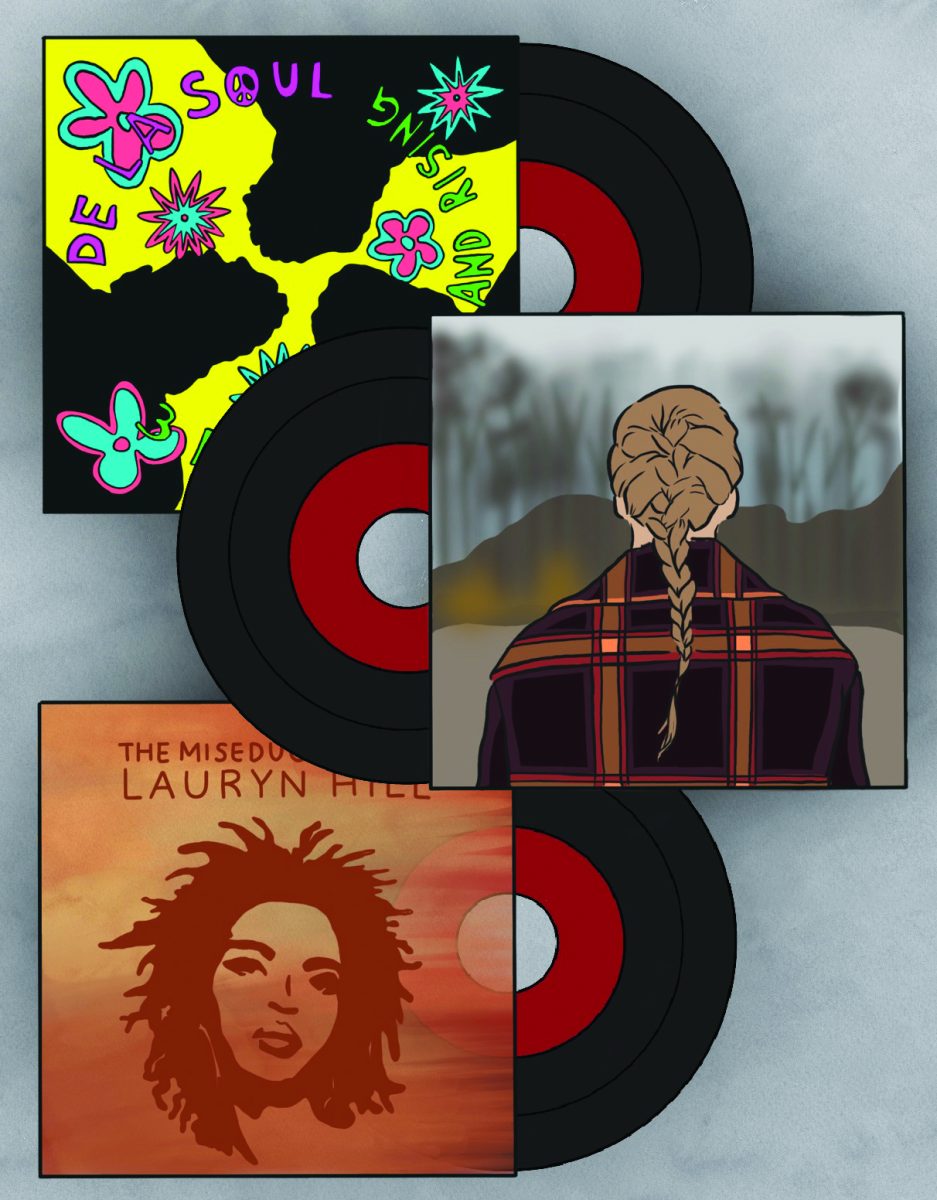


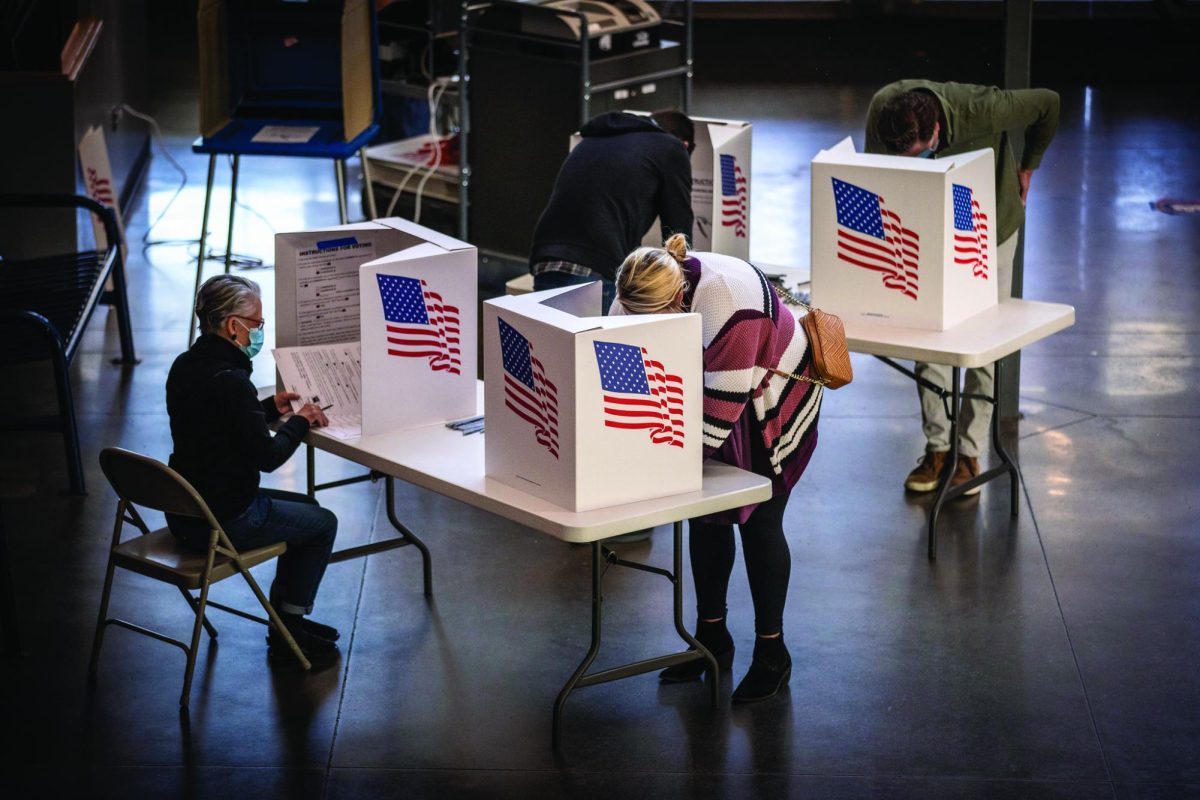

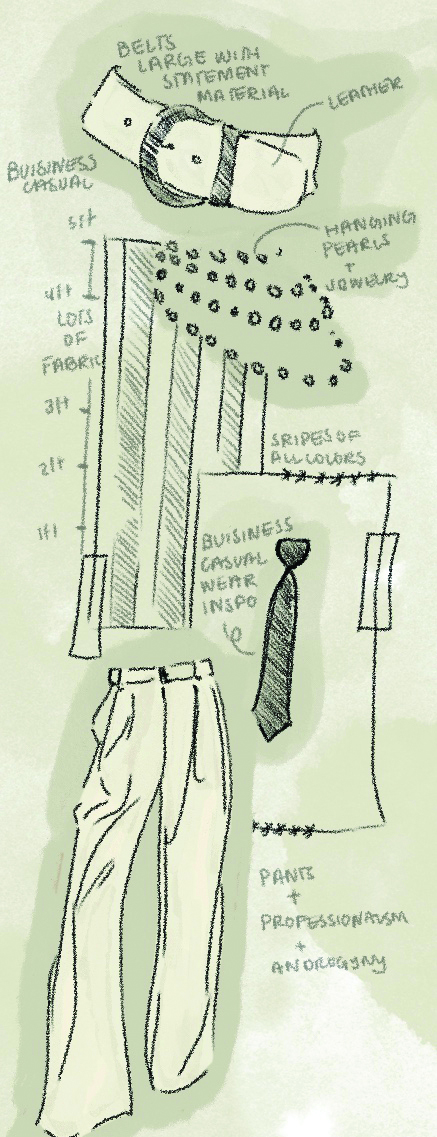
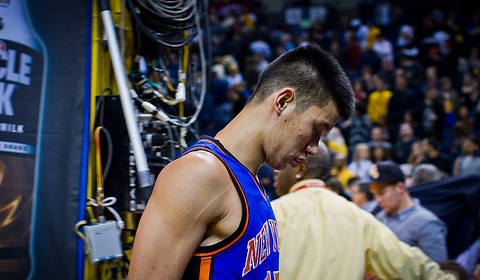
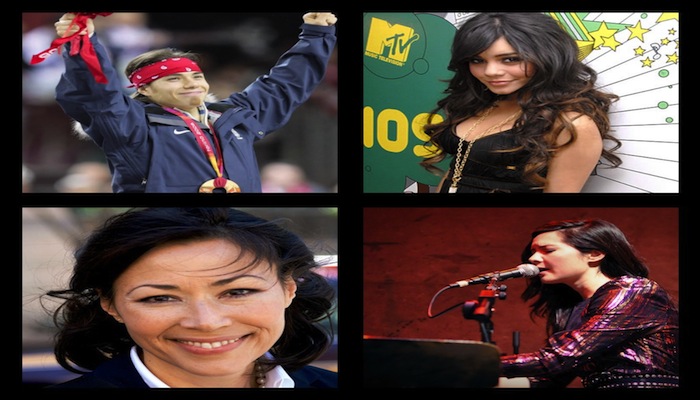
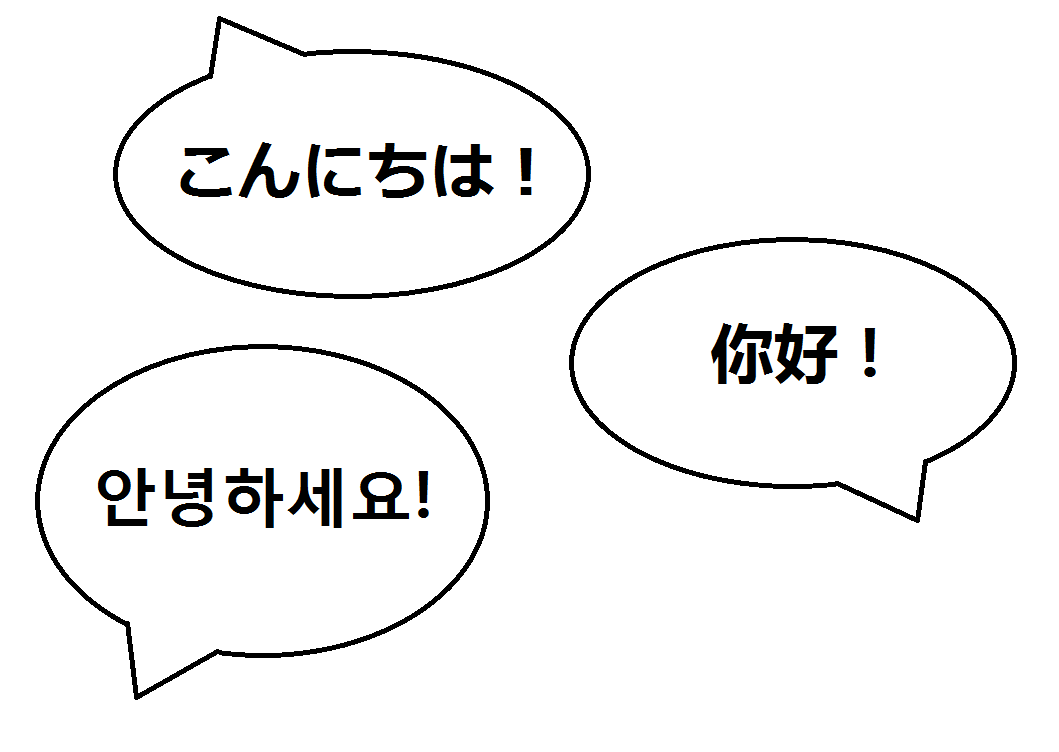

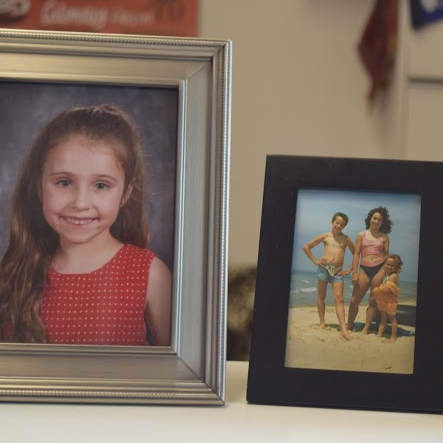

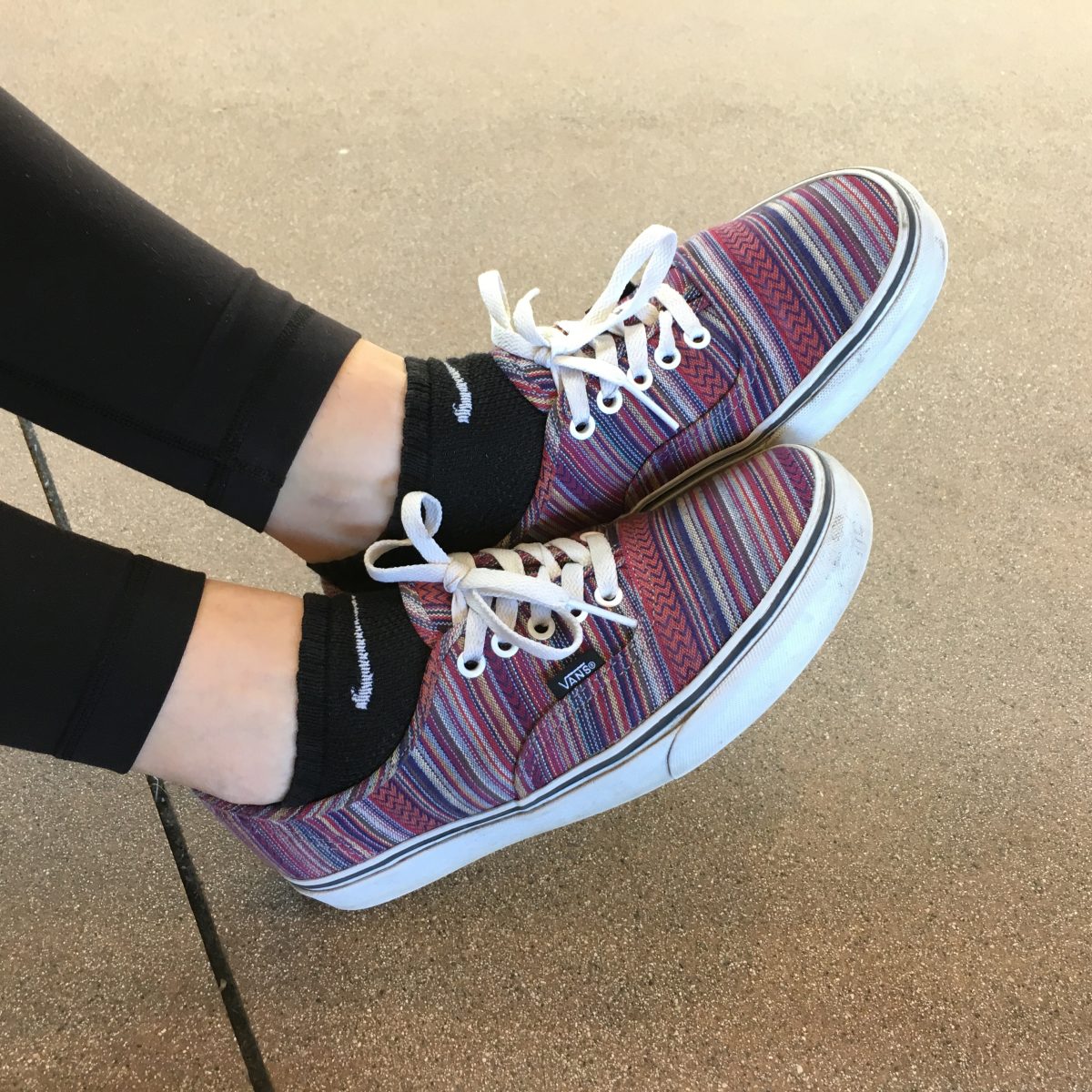
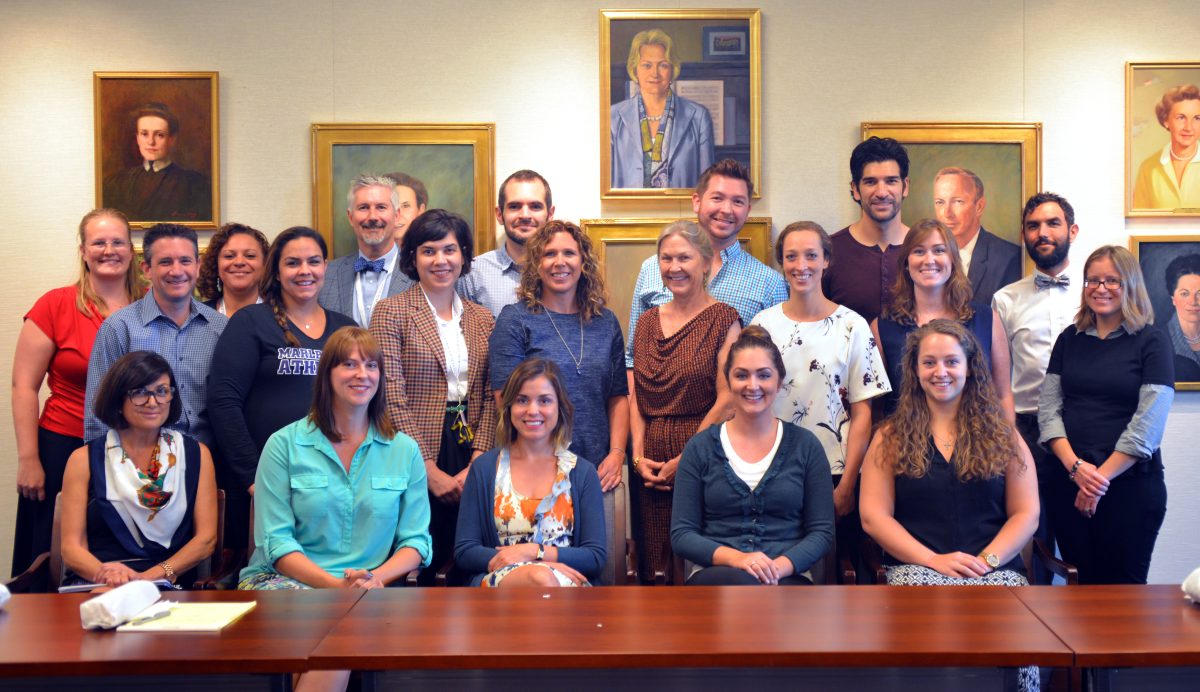
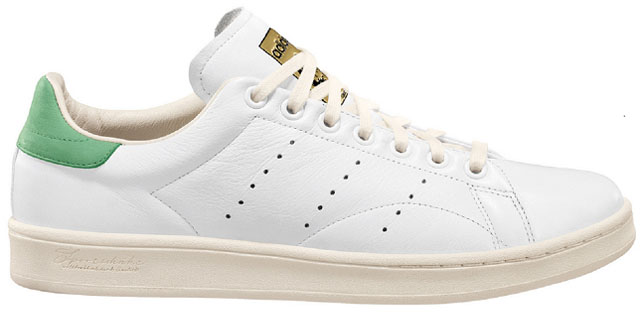
Arya • Oct 26, 2011 at 8:09 pm
Hmm, soon maybe they’ll cast Asians in movies about Asians (Avatar the Last Airbender and Dragonball Z to name a few =P)